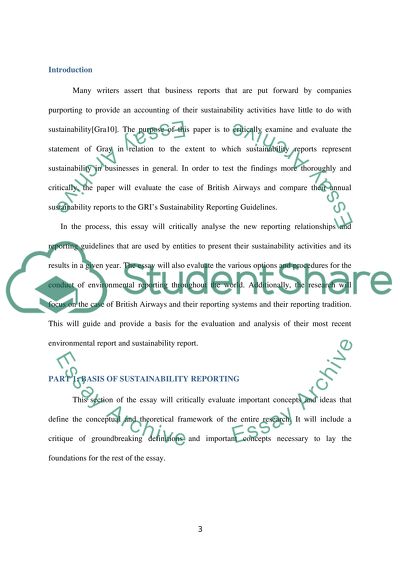Cite this document
(“Sustainability Accounting: A Critique Of British Airways Essay”, n.d.)
Sustainability Accounting: A Critique Of British Airways Essay. Retrieved from https://studentshare.org/finance-accounting/1673180-sustainability-accounting-case-study-of-british-airways
Sustainability Accounting: A Critique Of British Airways Essay. Retrieved from https://studentshare.org/finance-accounting/1673180-sustainability-accounting-case-study-of-british-airways
(Sustainability Accounting: A Critique Of British Airways Essay)
Sustainability Accounting: A Critique Of British Airways Essay. https://studentshare.org/finance-accounting/1673180-sustainability-accounting-case-study-of-british-airways.
Sustainability Accounting: A Critique Of British Airways Essay. https://studentshare.org/finance-accounting/1673180-sustainability-accounting-case-study-of-british-airways.
“Sustainability Accounting: A Critique Of British Airways Essay”, n.d. https://studentshare.org/finance-accounting/1673180-sustainability-accounting-case-study-of-british-airways.


